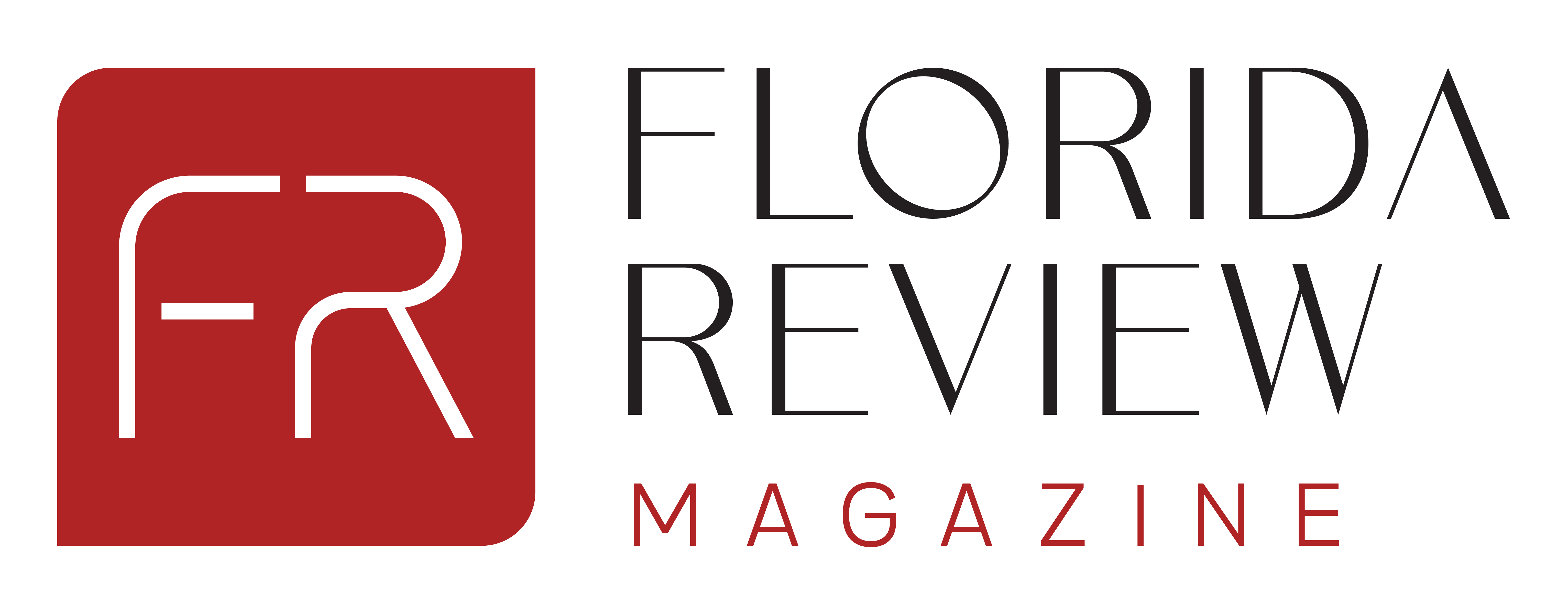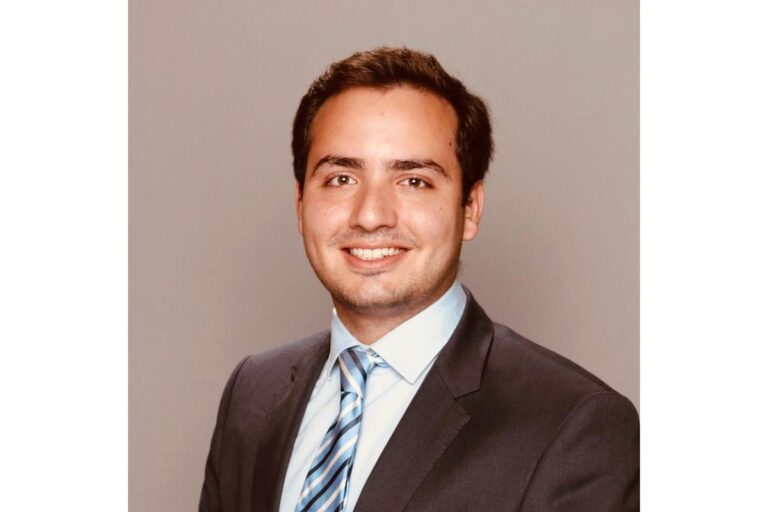By Tales Ribeiro Fontes
In recent years, the global economic landscape has undergone deep structural changes, driven by geopolitical developments, technological advances, and shifts in economic policy among the world’s major powers. At the center of this realignment, Brazilian investors face both the challenge – and the opportunity – of repositioning their portfolios in an environment shaped by global uncertainty and domestic transformation.
The Impact of U.S. Tariffs on Global Markets
The recent move by the United States to increase tariffs on strategic products such as steel, aluminum, semiconductors, and electric vehicles marks a significant pivot in American trade policy.
For Brazil, the consequences are mixed. On one hand, there are great opportunities for Brazilian exporters who could fill market gaps left by Asian suppliers. On the other, rising input costs and imported inflation could strain local industries. In this context, investors should pay close attention to dollar-denominated assets and export-oriented sectors while maintaining a cautious stance toward companies that are heavily reliant on imports.
Outlook for the Stock Market and Exchange Rate Dynamics
The Brazilian stock market enters 2025 characterized by volatility and selective opportunities. The recent appreciation of the U.S. dollar against the real – driven by global uncertainty and tighter monetary policy in the United States – has had a direct impact on the performance of Brazilian equities. On the upside, export-driven companies—particularly in the commodities, paper & pulp, and meat production sectors—are likely to benefit from a favorable exchange rate. On the downside, companies that rely on imported inputs or hold debt indexed to the dollar face increasing margin pressure.
In this environment, investors must be discerning. Fundamental analysis regains importance, with a focus on companies that show strong governance, pricing power, and healthy balance sheets. Additionally, this is a strategic moment to consider partial international exposure within investment portfolios—through BDRs, ETFs linked to the S&P 500, or global mutual funds—as a hedge against abrupt currency movements.
Fixed Income Regains Its Appeal
The recent upward trend in Brazil’s benchmark Selic rate has restored the appeal of fixed income investments, which are once again offering positive real returns—something that had been absent for much of the previous decade. For the average Brazilian investor, who traditionally prefers a conservative approach, the return of fixed income represents a window of stability and predictability.
Still, as I have emphasized in previous articles and recent interviews, it is essential to go beyond conventional banking products such as savings accounts or high-fee DI funds. More sophisticated and efficient alternatives exist, such as tax-exempt infrastructure debentures, real estate credit instruments (CRIs), real estate-backed securities (LCIs), and well-managed private credit funds. Savvy investors must evaluate all options based on the balance of return, liquidity, and risk.
Mixed Portfolios and Diversification: The Key to Resilience
In a world increasingly defined by uncertainty—commercial wars, political instability, and rapid technological shifts—the golden rule remains diversification. As I mentioned in previous analyses, the modern investor must understand that the next frontier of investing lies in a well-balanced allocation across asset classes: fixed income, equities, real estate, cryptocurrencies, and increasingly, quantitative funds.
These so-called “quants” are gaining traction in Brazil. Though still not widely understood by the average investor, quantitative funds use algorithms and data intelligence to operate more rationally and quickly—minimizing the human biases that often hinder portfolio performance. As highlighted in past interviews, these strategies have shown solid results, even in highly volatile environments.
Final Thoughts
Brazilian investors enter 2025 navigating a complex playing field, where geopolitical decisions, domestic policies, and structural economic shifts will dictate market trends. More than ever, it is essential to stay informed, avoid one-size-fits-all solutions, and remain disciplined in portfolio management.
Investing is not about predicting the future—it’s about being prepared for it. And in that sense, Brazil—with all its imperfections—still presents real opportunities for those willing to look beyond the surface.


